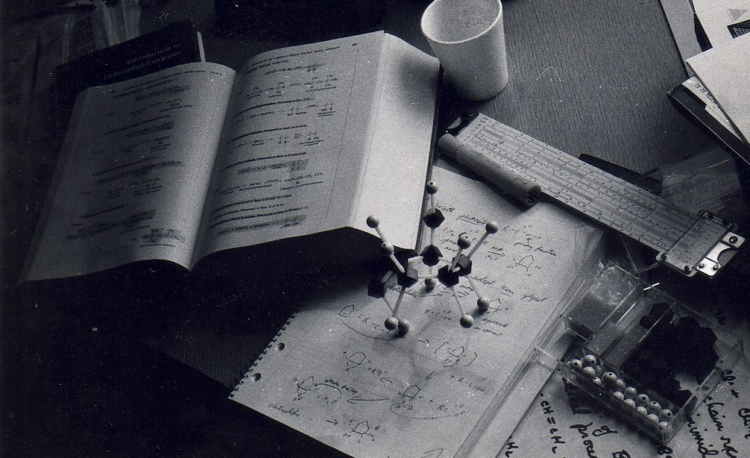Carbohydrates
Carbohydrates are made up of three basic compounds that are oxygen, carbon, and hydrogen. Hydroxyl functional group is present whereas suffix -ose represents the sugar part. These are the derivatives of polyhydroxy aldehydes and ketones. Most of the carbohydrates are abundantly found and are the source of energy. These are classified into the following types:
- Monosaccharides: simple of all other carbohydrates. These are made up of a single carbon atom.
- Oligosaccharides: these are further divided into disaccharides, trisaccharides, and tetrasaccharides.
- Polysaccharides: a complex of all the structures. It contains more than four carbon atoms in their structure.
- These are widely used as an energy source.
- An intermediate for biosynthesis of fats and proteins.
- Formation of cellulose, lignin which is an important part of structural tissues in microorganisms as well as plants.
- It manages the cholesterol amount in blood by keeping good cholesterol up and bad one low.
- It prevents heart diseases, liver and kidney diseases by improving cleansing action.
- Eating too many carbohydrates leads to fat deposition which increases the risk of diseases.
- Chances to become obese.
- Increase the risk of diabetes.



